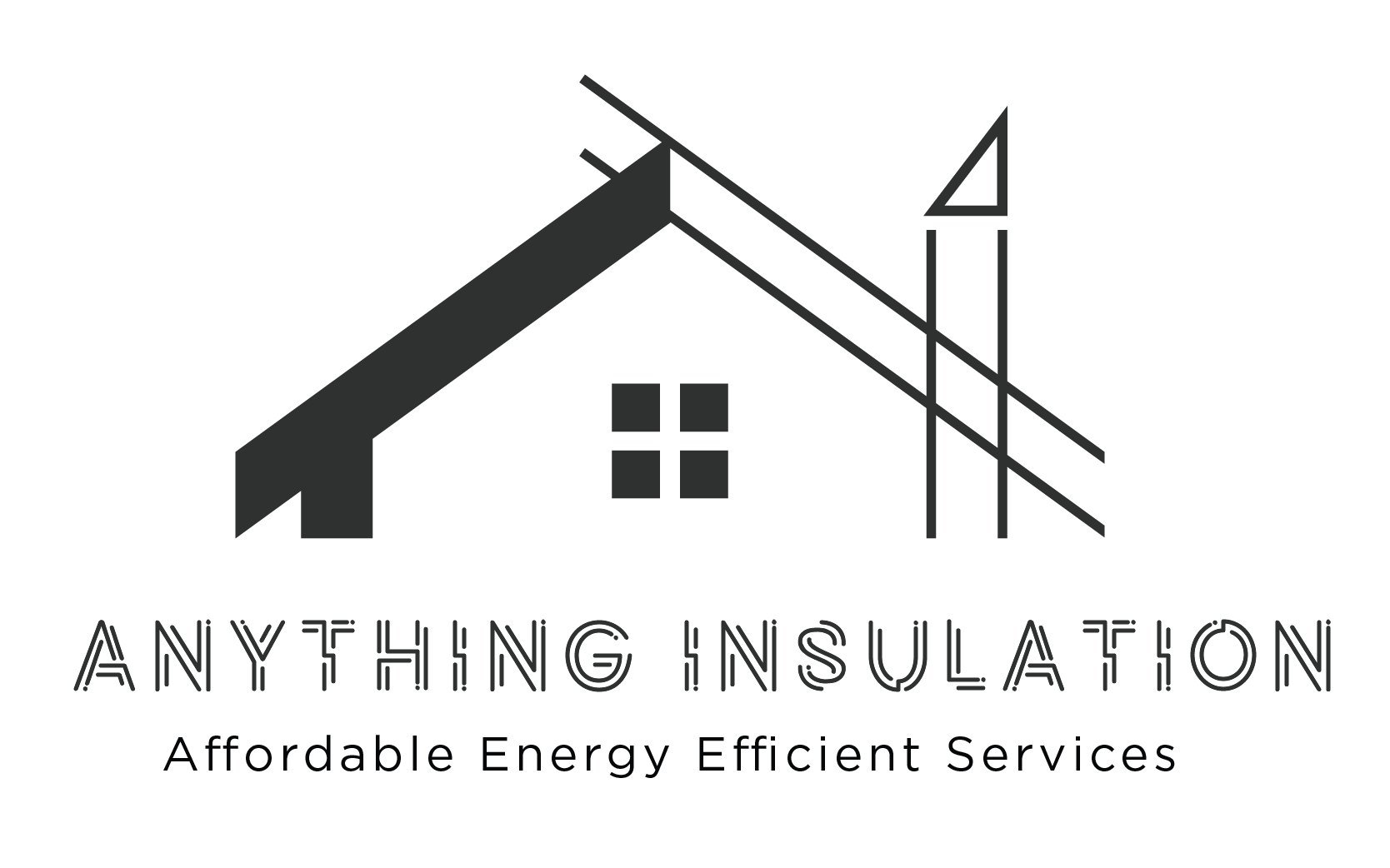INSULATION
REMOVAL
WHAT'S IN YOUR ATTIC?
You might never think about your attic insulation – unless you have to. Most of the time, people don’t consider it unless they are affected by heat or cold issues in their house. However, did you know that old insulation can affect the air you breathe? Old or infested insulation can be a threat to your health.
Outdated Materials
Many homes haven’t changed out their insulation types in over 30 years – leaving them with materials that are no longer safe on the market for air quality.
Mold in Insulation
Whether from roof leaks or cracks that have allowed dampness to occur, mold could be living in your insulation. Due to the toxicity of mold, you should have your insulation inspected.
Insulation
Off-Gassing
Two common types of toxins found in attics are formaldehyde and asbestos. These toxins are known to lead to off-gassing. If you have an older home and haven’t had your home inspected, you could still have these types of insulation.
Toxins from Pests
Toxins from infestations release an entirely different type of toxins. Breathing in the air of the attic when you have an infestation can be hazardous to your health.
To Remove or Not to Remove. That is the Question.
Many people wonder if they have to remove old insulation before adding new insulation. The answer is not so simple. Only a trained professional can evaluate if your insulation needs to be removed prior to installing new insulation. However, there are a few things we look for when we reccomend a full insulation removal.
Insulation Damage
 This is the simplest sign to know if you should be considering removing your insulation. Often, after event such as years of wear and tear, chemical contamination or other bad circumstances.
This is the simplest sign to know if you should be considering removing your insulation. Often, after event such as years of wear and tear, chemical contamination or other bad circumstances.
Most types of insulation material are combustible, therefore, following a house fire, we advise you to contact us so we can check and remove the destroyed insulation. The flames often damage the insulation and its fabric-like materials will have trapped smell of smoke.
Lastly, water damage is detrimental to your home’s insulation. Once water soaks into your home’s insulation, the risk of mold and mildew outbreak increases and it can also damage circuit and result to electrical issues. Because molds are generally difficult to manage or remove, we will help you take a protective approach by removing the waterlogged insulation.
Traces of Pests or Infestation
 Pest invasion on insulation material is something we often deal with. Pest infestations pose several health risks for your family and you can contact us for full decontamination.
Pest invasion on insulation material is something we often deal with. Pest infestations pose several health risks for your family and you can contact us for full decontamination.
Save your family from breathing the air in areas where rodents and other pets have left behind urine and fecal matter, that would result dangerous diseases like Tularemia, Rat-bite fever and Lassa fever.
Gaps & Cracks
 If you are feeling a draft in areas of your home or notice that you are having a difficult time keeping your home warm during the winter or cool during the summer, it is possible that your roof or attic floor has gaps and cracks that need to be sealed. Unfortunately, it is necessary to remove the current insulation to detect the problem areas and full seal your attic.
If you are feeling a draft in areas of your home or notice that you are having a difficult time keeping your home warm during the winter or cool during the summer, it is possible that your roof or attic floor has gaps and cracks that need to be sealed. Unfortunately, it is necessary to remove the current insulation to detect the problem areas and full seal your attic.
Removal 3-Step Process
Remove
Using our powerful vacuum, we start by removing all old or infested insulation.
Sanitize
We spray our safe cleaning solution throughout your attic to ensure all toxins are eliminated.
Seal
Lastly, to ensure your attic stays critter and moisture free, we seal all cracks with polyurethane foam.

